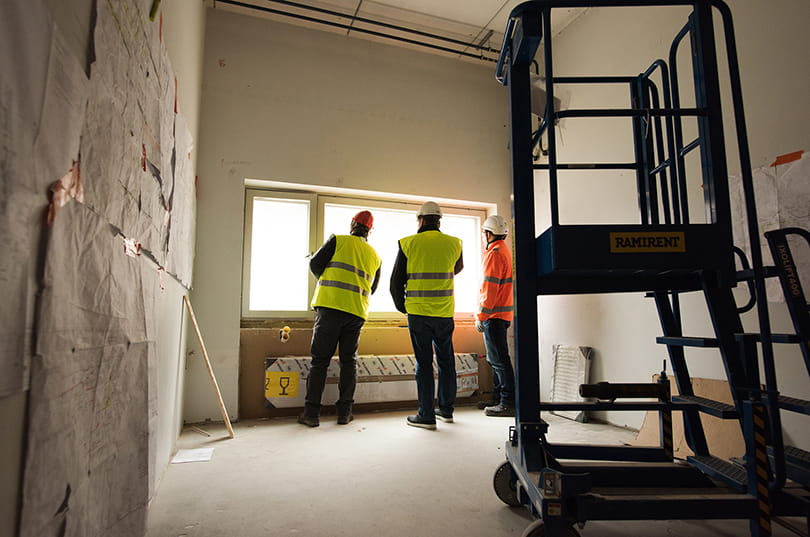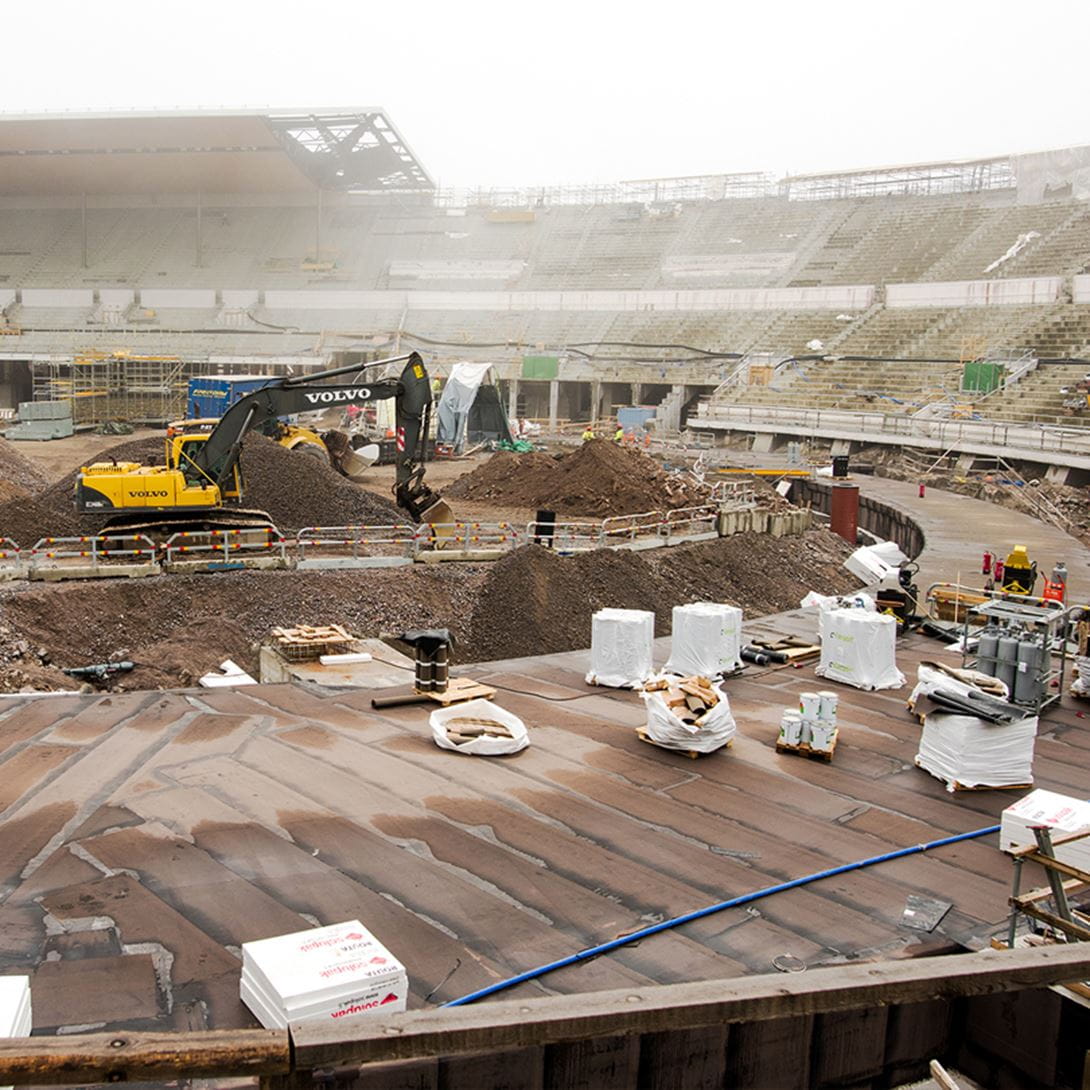- References
- Public building
The Helsinki Olympic Stadium is under renovation
Once the renovation is finished, the Olympic Stadium will be an arena for Finland’s top events, as well as a meeting place for exercise, sport, culture, entertainment and tourism. The multipurpose arena will meet all the requirements for major international events.
Olympic Stadium History
In 1933, a competition to design the new stadium was won by architects Yrjö Lindegren and Toivo Jäntti, with their vision of a functionalistic style with clear lines. The Helsinki Olympic Stadium was built between 1934 and 1938. The original plan was for Helsinki to host the 1940 Summer Olympics, but they were cancelled due to WW2 and Helsinki had to wait until 1952 to host the Summer Olympics. At that time, the Stadium had a spectator capacity of 70, 000 places. The Stadium was completely modernized between 1990 and 1994. Before the 2005 World Championships in Athletics, a new canopy was built over the Stadium, despite objections from the Finnish Heritage Agency. They also built a canopy over the commentator stand, which was later removed after the games.
In 2011-2012, a complete renovation of the entire Stadium was carried out to make it more hospitable in preparation for the 2012 European Athletics Championships.
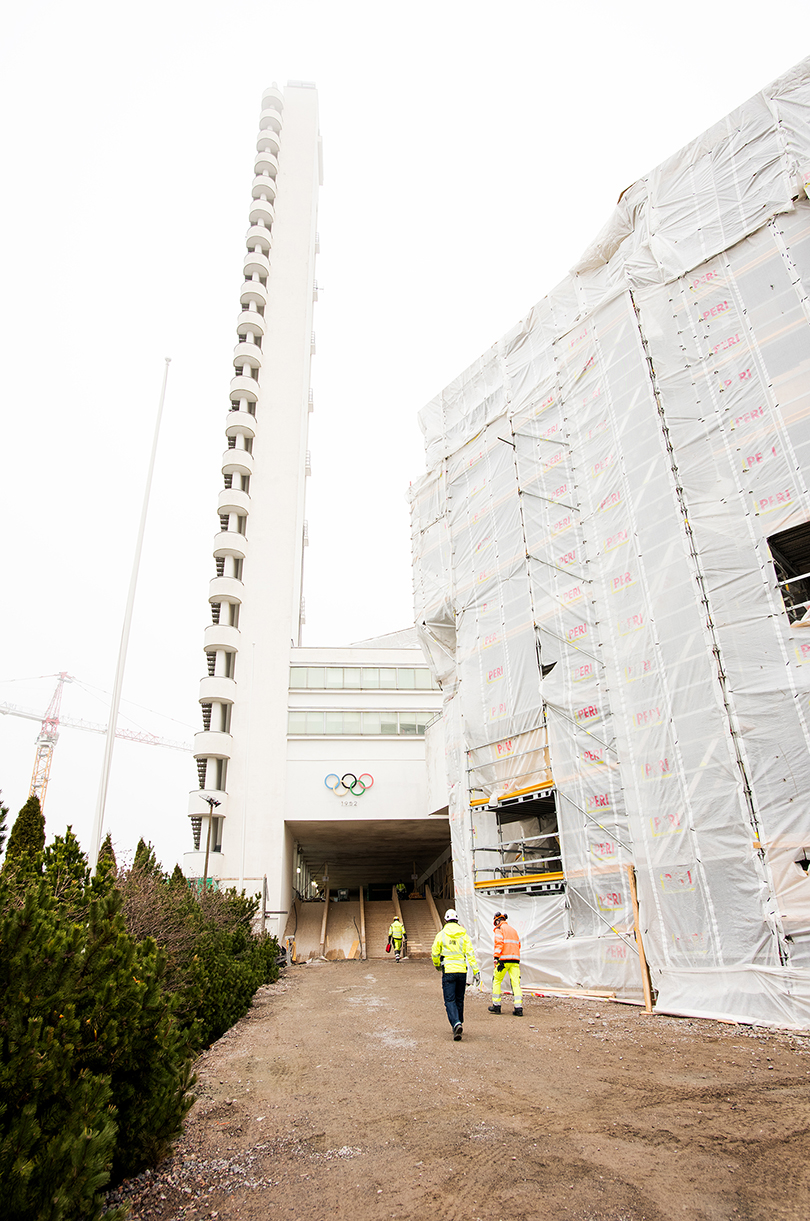
The Olympic Stadium’s renovation
In the future, the Olympic Stadium will serve a broader target group than at present. The Stadium is surrounded by an open events area that is accessible to visitors, both at the front of the Stadium and by its north entrance. The key characteristics of the stylish ‘funkis’ style Stadium will be preserved. The new parts are being built with an eye to the future, but with respect for the architecture. All the stands will be covered with canopies and the seats will be renewed. The spectator stands' evacuation plan and safety are being improved by increasing the number of emergency exits.
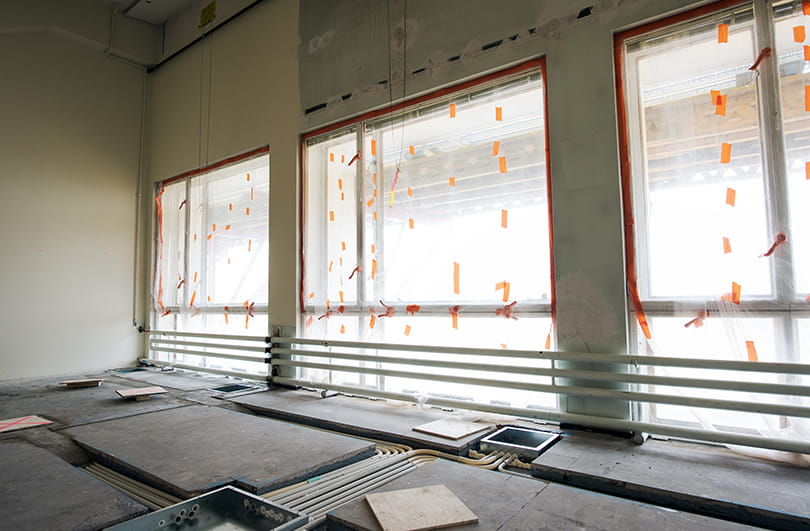
They are trying to retain many of the historic details, including doors, signs and some radiators.
The Finnish Heritage Agency is also involved in the renovation work that is currently in progress. A great deal of the original decor and architecture will be preserved. The Stadium’s landmark 72-metre tower is off-limits, as it has protected status. They are trying to retain many of the historic details, including doors, signs and some radiators. The spaces where old radiators are being restored and reused will be supplied with additional in-ceiling heating as necessary, since the old radiators are not dimensioned to cope with the new heating needs.
More than 650 Purmo Compacts and Purmo Plan Compacts are being installed in the Olympic Stadium. Purmo Compact has a sleek design and is a classic panel radiator for closed hydronic heating systems. A premium radiator with a high-quality finish, Purmo Compact offers the market’s widest range. Compact is designed for optimal heat output, and comes equipped with side covers and a top grille with childproof attachment. Its external valve set-up simplifies installation, and Compact is available in a wide selection of heights, lengths and colours, as well as a great many metallic colours. Plan Compact offers the same features as Purmo Compact, but has a stylish and completely flat front panel.
Almost all of the new construction is below ground. A service tunnel is being built under the athletics tracks, which can also be used as a warm-up and training track. Under the grandstand, a ball court is being built that can also be used as a media centre during major events. A great many other training facilities will also be available underground in the future.
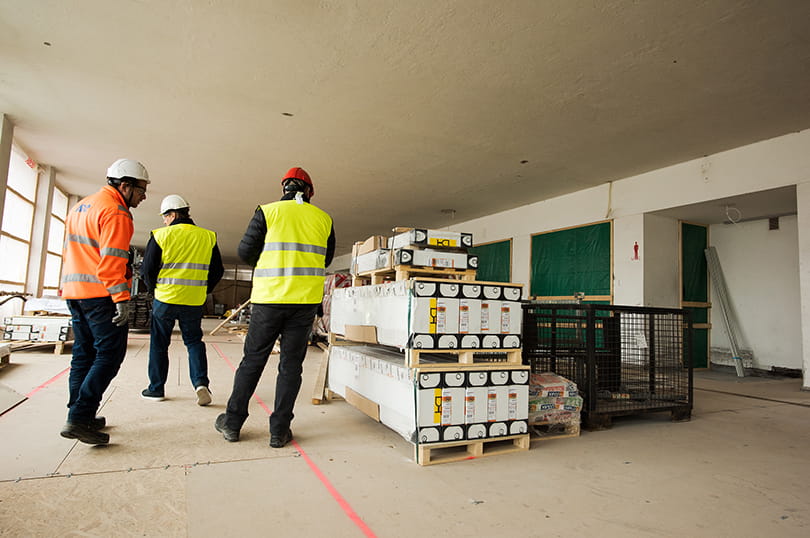
More than 650 new Purmo Compacts and Purmo Plan Compacts are being installed in the Olympic Stadium.
